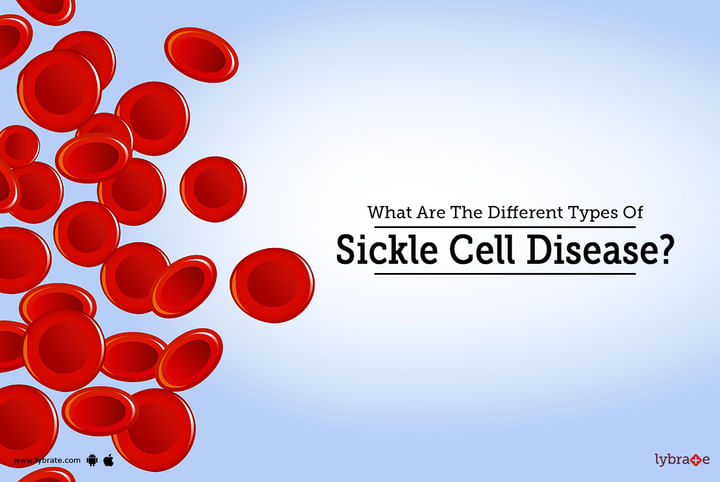What Are The Different Types Of Sickle Cell Disease?
Sickle Cell Disease or Sickle Cell Disorder is a term often used to talk about a group of diseases affecting hemoglobin. It is the oxygen-carrying element of blood that makes up 2 alpha globins and 2 beta globins. Sickle Cell disease happens due to beta-globin mutation and depending on the abnormality in mutation.
Types-
Sickle Cell diseases can be of many types depending on the gene mutation in the blood. Some of the common types are-
Sickle Hemoglobin S Disease (SS):
Hemoglobin SS disease or Sickle Cell Anemia is the most popular type of SCD. It takes place when hemoglobin S gene mutation is inherited from both mother and father. In simple words, it happens when the child inherits one substitution beta-globin gene from each parent. In this type, the body only produces hemoglobin S. It is mostly found in people of African and Indian origin.
Sickle Hemoglobin- C Disease (SC):
Patients with Sickle Hemoglobin SC Disease have a moderately dissimilar swapping in their genes of beta-globin. Here, both hemoglobin C and hemoglobin S are inherited from each parent. It may cause similar symptoms like anemia but remains relatively l. People of West African and Mediterranean origin are more prone to this.
HbS beta-thalassemia:
People with this type of SCD inherit one sickle cell gene S and one gene for beta-thalassemia from each parent. Zero and Plus are the two common types of Beta-thalassemia. While Beta 0 thalassemia usually takes a severe form, beta + thalassemia is a milder form of the disease.
- Sickle Beta-Zero Thalassemia
Beta-zero thalassemia takes form when the child inherits the beta S gene from one parent and beta 0 thalassemia gene mutation from the other. With similar symptoms to Anemia, it is a slightly severe form of Beta-Thalassemia.
- Sickle Beta-Plus Thalassemia
Substitutions in both beta-globin genes take place in patients with Sickle Beta Thalassemia (SB) disease. This may even lead to the requirement of blood transfusion if no normal beta globin is produced. Mediterranean and Caribbean people are more likely to have this disorder.
Hemoglobin SD, Hemoglobin SE, And Hemoglobin SO
These are the few rare and not less common types of sickle cell diseases. They are also less severe. People with these forms of SCD inherit one sickle cell gene S and one gene from uncommon hemoglobin (D, E, or O) from each parent.
Sickle Cell Trait:
- HbAS
People with SCT have one sickle cell gene S and one normal gene A from both mother and father. Ones with this disorder show few to no signs of the disease and usually spend a normal life. However, the risk to their future generations still exists.



+1.svg)
